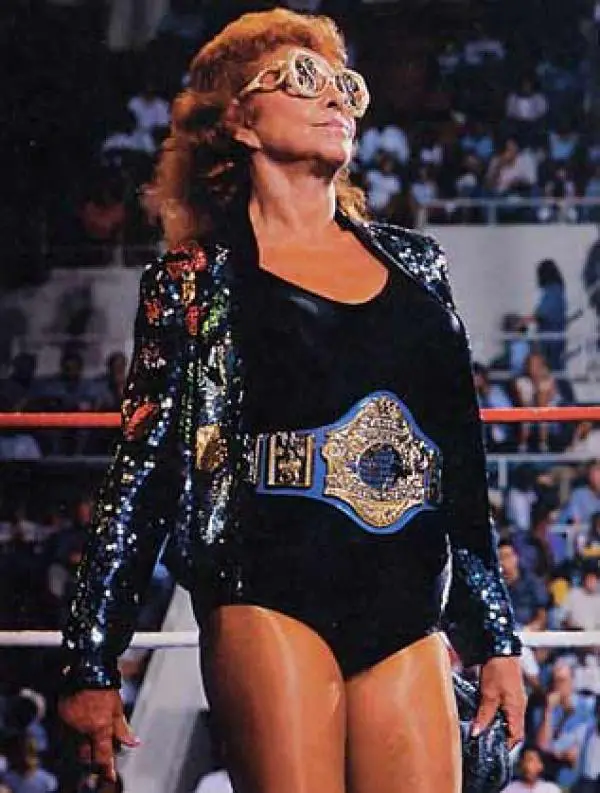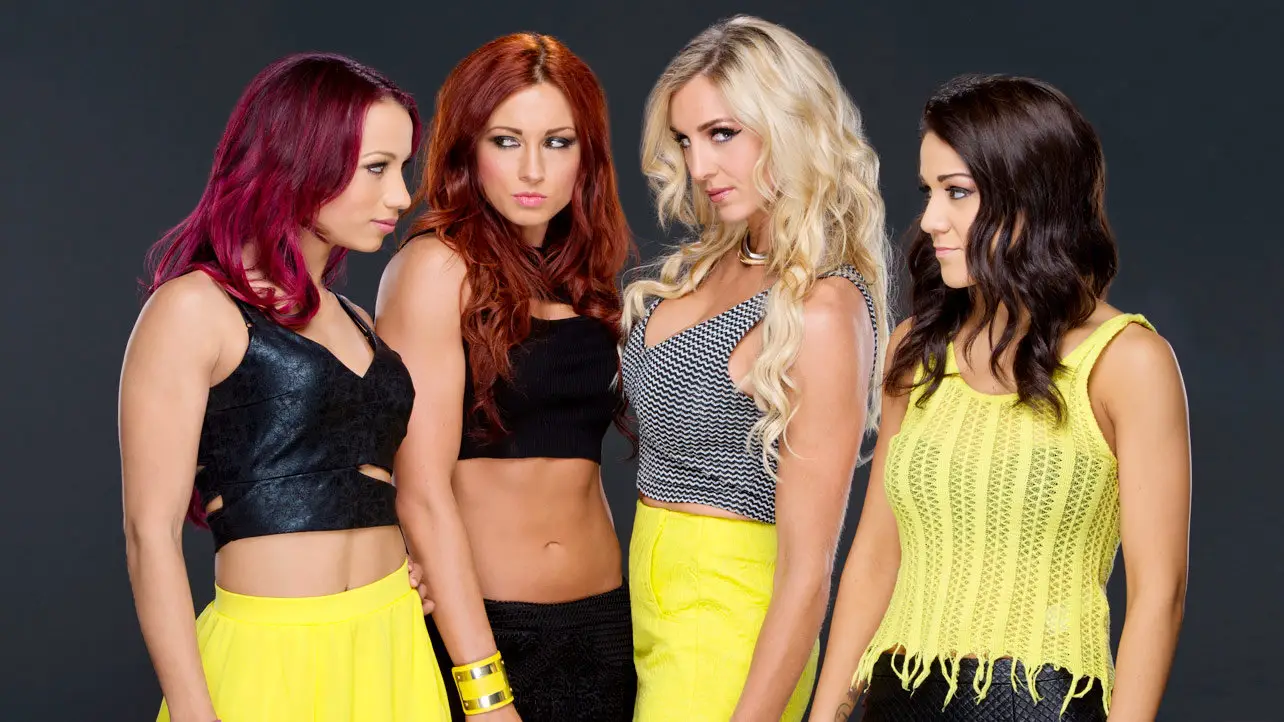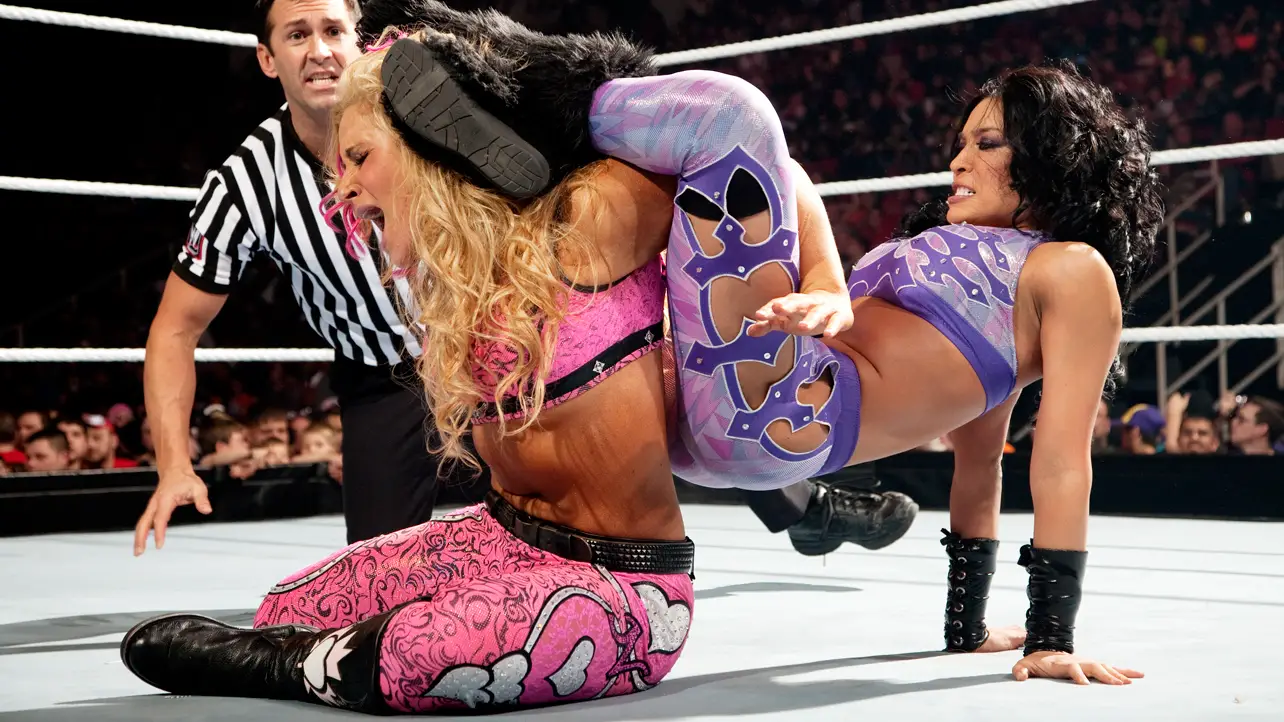Dwayne “The Rock” Johnson brought wrestling out of the shadows, and John Cena carried it back to the mainstream, but it’s the women who are going to rule the ring. The WWE’s women’s wrestling division has not only dominated over the past year, but has also proven to be the perfect landscape for a feminist revolution, all thanks to a supportive environment and the talented women inside and outside the ring.
However, many feminists might be turned off at the thought of watching professional wrestling, and no one can blame them. The WWE has been problematic—especially in the Attitude Era. Historically, professional wrestling has been a glorified, masculine beauty show, rewarding men for being strong with accolades and scantily dressed women.
Thanks to its history, the women’s division of professional wrestling has been, for the most part, a small blip of the weekly entertainment, similar to women’s sports in general. Still, there has never been a shift for gender equality in sports entertainment so drastic as the one occurring in women’s wrestling.
Ironically, no sport has been so obviously anti-woman either—even so late as five years ago, when the average women’s match went for two or three minutes, as compared to the average fifteen minutes the men got. Those matches were comprised of bikini contests, pillow fights, evening-gown matches and pudding matches (it’s as bad as it sounds). Through all the degradation, however, the women of the WWE have been clawing their way to fair treatment.
The women’s revolution began in 1983, when The Fabulous Moolah brought the women’s championship title from NWA to the WWF, the larger wrestling federation at the time, and the one that would later become the WWE. Moolah previously held the title for twenty-seven years, before losing it to Wendi Richter in the “Rock ‘n’ Wrestling Connection,” which, along with the help of Cyndi Lauper, launched professional wrestling into mainstream culture for a brief moment.

Women’s wrestling would suffer a great loss when the company phased out all their female talent in 1990. But, you can’t keep a good girl down, and, in 1993, the Women’s Championship was back. This time, the women were referred to as “divas.” The company brought back a few older talents, such as Leilani Kai and Madusa, but the actual wrestling was sidelined to romantic storylines and male fantasy tropes.
The best-known example of this is Miss Elizabeth, who had one of the greatest romantic plots of all time with Macho Man Randy Savage (name a more iconic duo). The two even got (pretend) married on the show. By 1997, however, Miss Elizabeth would trade out her role as wife and caregiver for tight leather pants and crop tops, as the WWF moved into its Attitude Era.
While the Attitude Era certainly pumped up the sex, it also featured some of the best female athletes. Talent like Lita and Trish Stratus were hired as eye-candy for the show, but went on to have one of the best WWE rivalries of all time. These two pulled out high-flying and high-powered moves that were unexpected of women during that time.
Still, it was Chyna, who debuted in 1997, who would first stand on equal footing as her male counterparts. The WWE doesn’t like to talk about the late wrestler much because of her history as a sex worker, but Chyna not only broke the boundaries of what a female athlete looks like, she also redefined how wrestling worked.
Due to her muscular build, Chyna not only fought in the women’s division, but had hardcore matches with the men (and apparently was a fierce competitor to boot). Company owner Vince McMahon (that’s Mr. McMahon to plebs) also had his daughter, Stephanie McMahon, premiere as a wrestler during the era, and she later went on to help run the company with her dad.
2008 brought the WWE Divas Championship (a hideous belt shaped like a pink butterfly), along with a toy deal with Mattel, that said that there would be no more blood, profanity or sex on the show. WWE would be known as family-friendly entertainment, but still paraded the women down in tiny outfits for the two to three minutes they threw each other around.
It wasn’t until 2015—and again, friendly reminder that that was only two years ago—that the “Divas Revolution” would happen. On February 23, The Bella Twins had a match with wrestlers Paige and Emma that only lasted thirty seconds. That’s not even enough time to heat up a hot-pocket. Rightfully so, fans were pissed, and for the next day-and-a-half the hashtag #GiveDivasAChance blew up on Twitter. With pressure from fans, Mr. McMahon gave in, and the women’s division grew from there.
Over the next two years, the Diva’s Division died with that ugly belt, the Women’s Division was revived, a new title identical to the men’s was introduced and the women were given longer slots for their matches. Much of the women’s revolution can be attributed to the past athletes, along with The Bella Twins, whose social media empire grows by the day, and who also produce “Total Divas,” and its spin-off “Total Bellas.”
However, the four horsewomen of the revolution come from WWE’s sister show, NXT. Charlotte Flair (daughter to Hall of Famer and billion-dollar play boy Ric Flair), Becky Lynch, Sasha Banks and Bayley performed harder stunts and appealed to young girls everywhere. They were a refreshing batch, as their outfits were desexualized and their characters focused on their athleticism.

Bayley even brings in a new crowd of fans. It’s a given that at every show, there’s going to be at least fifty little boys dressed as John Cena, but now that Bayley has joined the WWE roster, there are always a large crowd of little girls dressed as Bayley.
She isn’t a sex symbol, and she’s doesn’t take on a masculine role. Her gimmick is that she gives her opponents hugs, and she comes out in gear adorned with tassels. As she lifts her arms up during her entrance, the crowd and a group of wacky, waving inflatable arm tube men (the Bayley Buddies, as they’ve been recently called) join her.
And, what makes her even more unique is that she is universally loved by both grown men and little girls. Wrestling matches in the past have been mainly adult-only crowds. However, Bayley has simultaneously created a role model for young girls to look up to, and a safe space for them to enjoy the match.
Fans have also seen an expansion in the types of matches for the women’s division. At the last WrestleMania (which is the biggest event of the year for the wrestling universe), Flair, Banks and Lynch had a match for the Women’s Championship. What made the match so remarkable was the advertisement that featured the three women as headliners among the men.
Flair and Banks have also debuted in two premiere matches for the division, first at the Hell in a Cell pay-per-view as the main event, then in an Iron Woman match at Roadblock last year. This promo exemplifies how intense and well performed that rivalry was.
Though the women have exchanged harsh words (scripted or course), they talk about how they challenge, respect and brought out the best in each other as rivalries between women should go. To go from thirty second matches, to starring as a main event in one of the most challenging matches in the WWE, shows not only the talent these women hold, but also the demand of the fans for more.
But, it’s not just the women in the ring who are continuing the revolution. Stephanie McMahon also acts as commissioner of Monday Night Raw (though her role is mainly villainous), and Renee Young has taken on multiple interview jobs through the many platforms in the company. Young also co-stars on the reality show “Total Divas” with a few of the women’s division headliners.
Feminists hear “reality show” and immediately recoil, but the past season had all of two fights (none of which were physical), both of which ended in “I only reacted that way because I care about you.” Some other plot lines include the women reacting to their matches getting cut, and the roadblocks they face in trying to get out into the ring.
Nikki Bella just had a storyline this year that showed her journey from career-threatening surgery to her debut. These women show challenges that the average woman fighting the patriarchy does, trying to work their way up in an industry that frowns upon their gender, while also trying to support their friends and family.

The WWE’s women’s division isn’t perfect, though. They don’t get the same screen time that the men do, their roster isn’t nearly big enough and some of the outfits can be considered as sexual fodder. Still, the women’s revolution is far from over. In fact, with the right tweaking and pressure from fans, the women’s division can be the perfect feminist sports landscape.
So here are a few requests: Give the women more main events—because who needs to see John Cena and Randy Orton fight every week?
Open the roster up for greater diversity. Everyone can agree that melanin queen Naomi is the best thing to happen to the Women’s Championship in a long time, so let’s see more black excellence.
No more plot lines where the villain is evil for being sexual or confident.
And, finally, create a show exclusively for women just like the cruiser weights have—and the British for some reason. An all-girl (including trans girls!) underground punk wrestling show reminiscent of ECW would be amazing.
But the effort isn’t totally on the shoulders of the WWE or the women’s division. It’s up to the fans to keep demanding more. After all, without #GiveDivasAChance, the women’s division may have never risen from the dust. You can give the show a chance by watching Raw on Monday nights and Smackdown Live on Tuesday nights.
If you really get into it, you can get a subscription to the WWE Network and watch NXT on Wednesdays too. With the WWE Network, you also have the entire library of women’s wrestling matches so you can familiarize yourself with the greats, though you have my permission to skip the pillow fights.
Though the sport isn’t technically “real,” the stunts and the impeccable talent these women athletes have are. And they’re redefining how we view women as fighters.


















[…] MORE: The WWE and the Women’s Revolution: You Wish You Could Wrestle Like A Girl […]
[…] online magazine called Study Breaks. She has published numerous other articles, including “The WWE and the Women’s Revolution” and “Why Do White Actors Want to Be Asian So Badly?“. Silva’s article […]
[…] it was perfectly acceptable to just not book women because of their gender. In 2010, the WWE decided to refer to all its women as DIVAs and limit their matches to three minutes. This was a step too far, and as backlash a number of USA […]
[…] men, it was perfectly acceptable to just not book women because of their gender. In 2010, the WWE decided to refer to all its women as DIVAs and limit their matches to three minutes. This was a step too far, and as backlash a number of USA […]